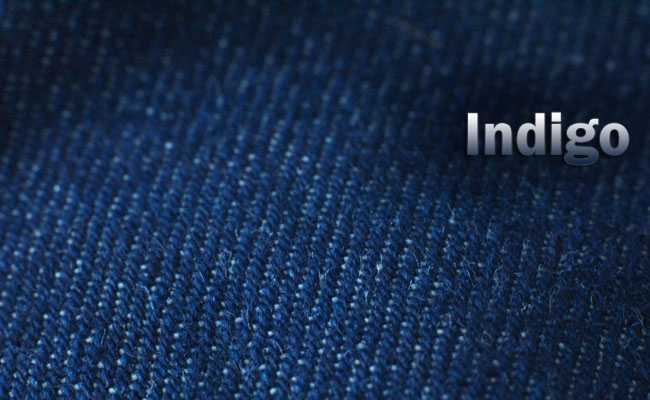
Blue jeans are a classic staple in anyone’s wardrobe. They’re comfortable and can be dressed up or down. The iconic color seems to go with anything, yet we don’t often see it used in many other garments. So how does denim get to be such a unique shade of blue?

The answer is a special dye called indigo. It’s really different from most dyes in ways like the process of using it, how it looks, and even texture. One of the oldest dyes to be used for textiles, it has traditional uses all over the world. True indigo comes from the plant Indigoferra, and produces that deep, distinct blue we are all familiar with.
If you’ve ever had blue color come off on your hands while wearing jeans, this has to do with the way they have been dyed. Unlike most natural dyes in which the fabric is left in the bath for at least an hour, indigo dyeing involves dipping the cloth for a minute or two. When the fabric is first taken out of the dye, it appears bright green. It then is exposed to oxygen, which allows for the chemical reaction that turns the dye blue.
The more the fabric is dipped, the darker the color will be. This is why “dark wash” denim generally feels stiff and crisp, as the shade of blue is dependant on the amount of dye in the fabric rather than it’s color. If there is a lot of indigo sitting in a pair of jeans, they need to be washed well to avoid streaky hands and chairs. This ‘fading’ of dye is also what gives jeans their classic worn-in look.
The indigo process used in the industry nowadays is still the same, albeit a synthetic indigo is often used. However, there are a few designers that are still use the real thing. For example, Pure Blue Japan is a denim company that uses pure and natural plant indigo dyes. Their collection includes a range of indigo-dyed basics that let the beautiful color take center stage.
